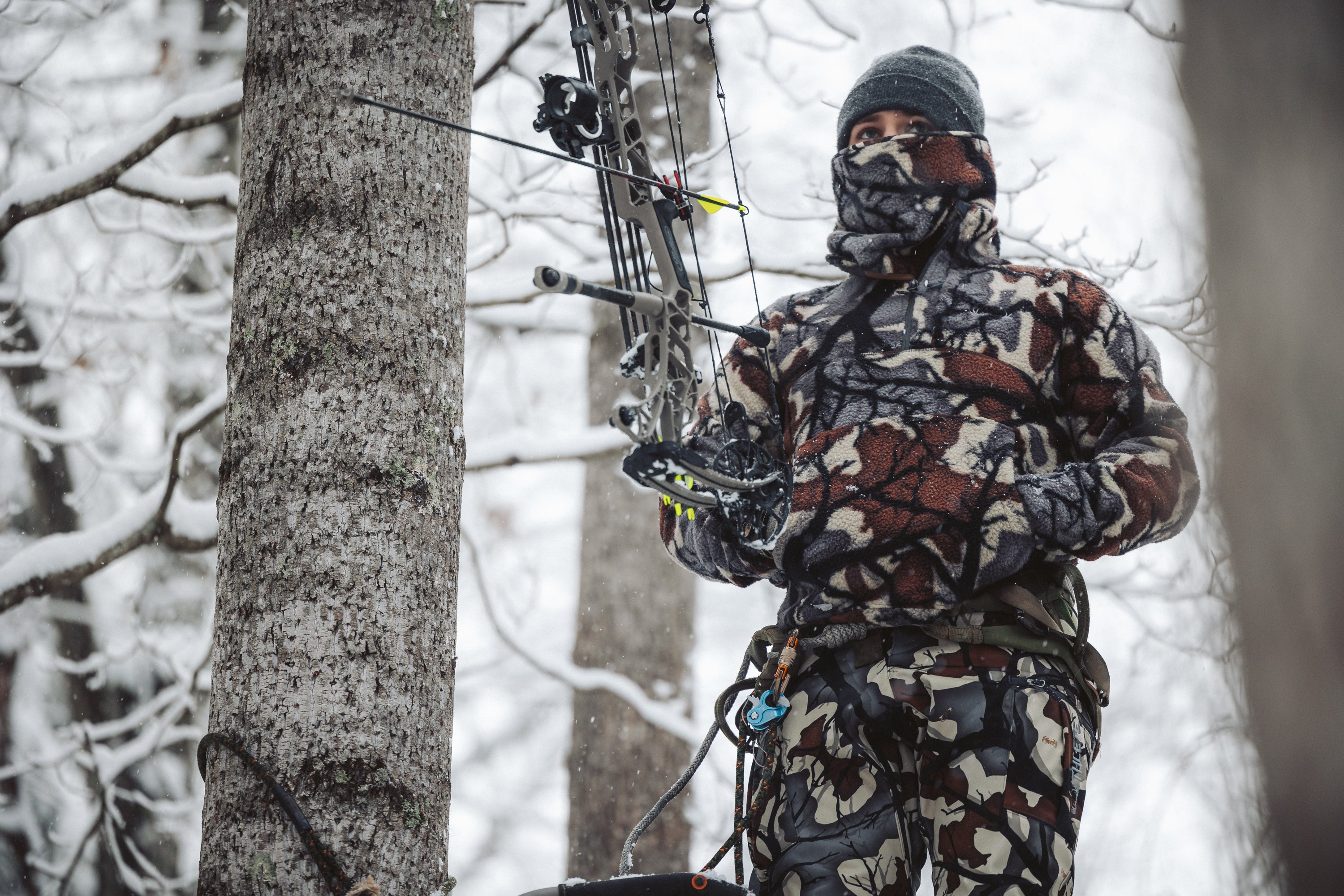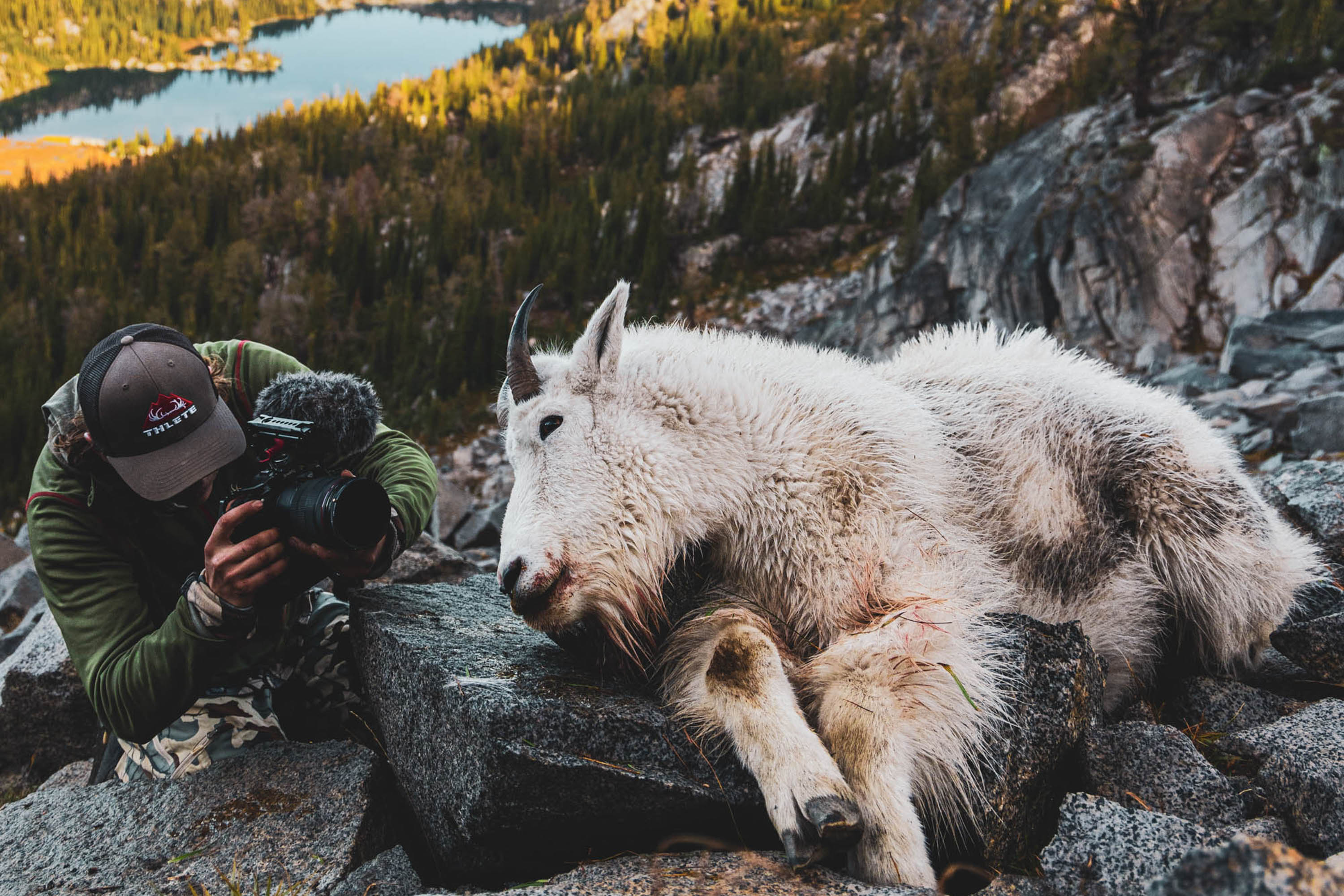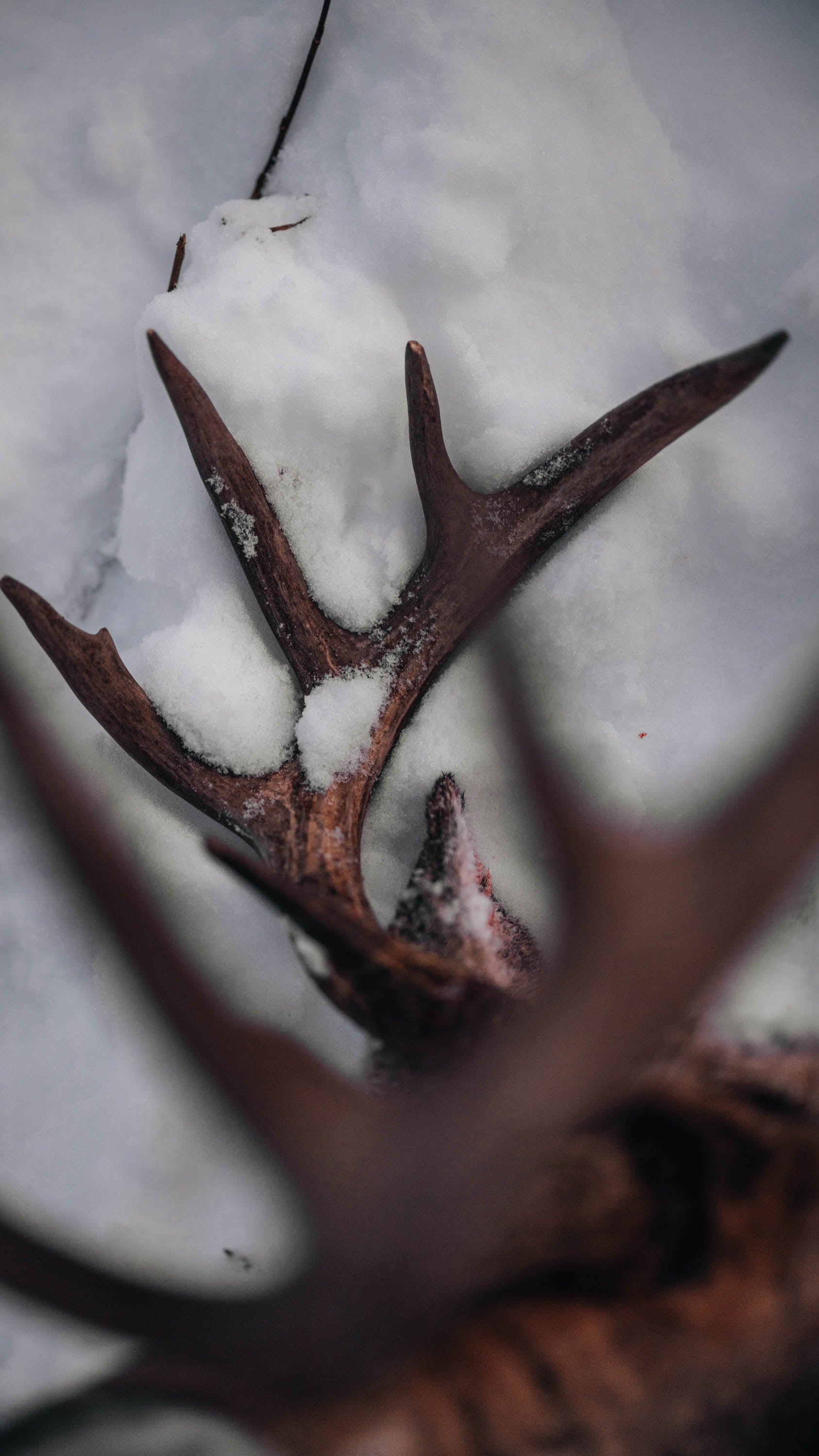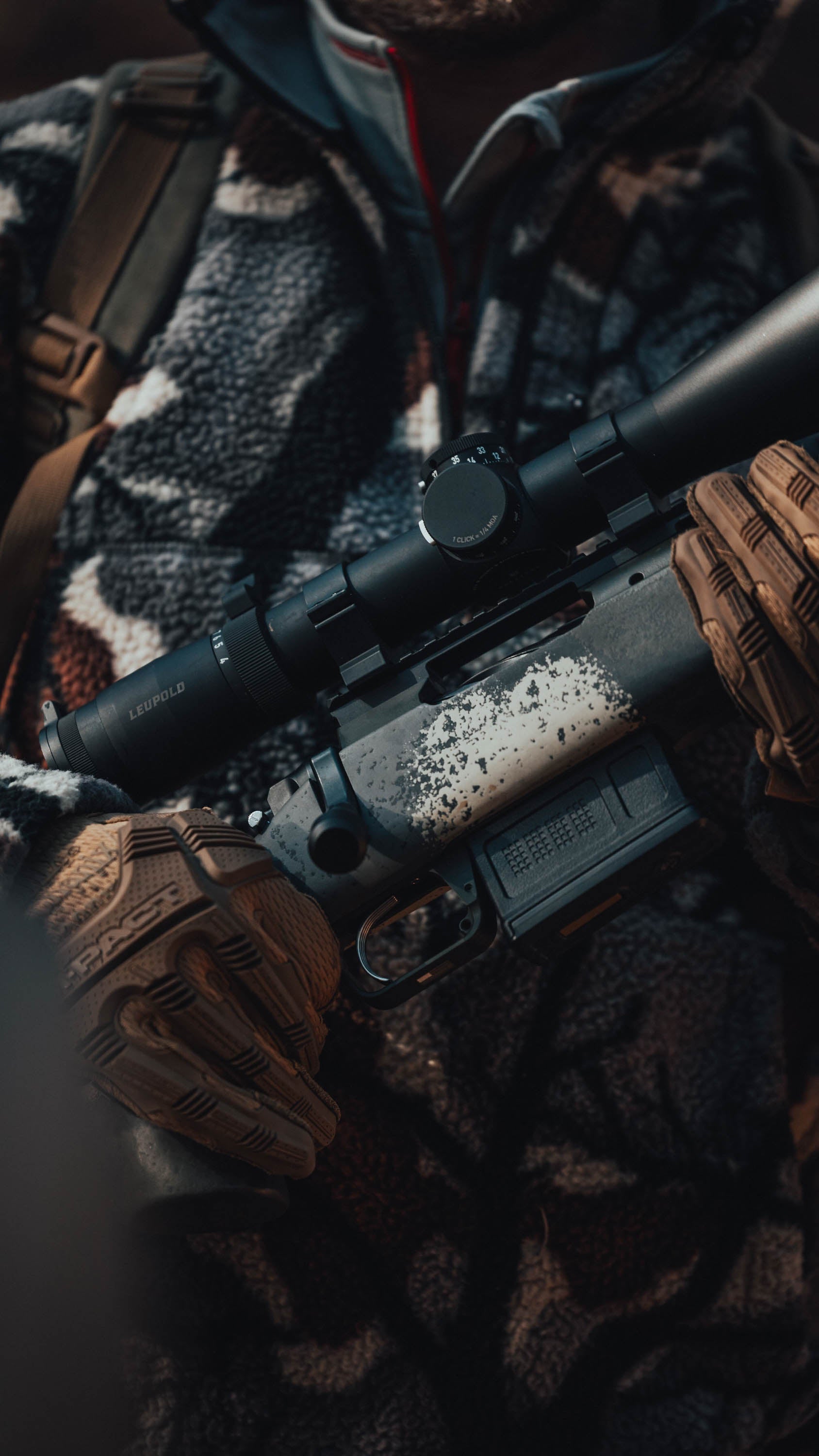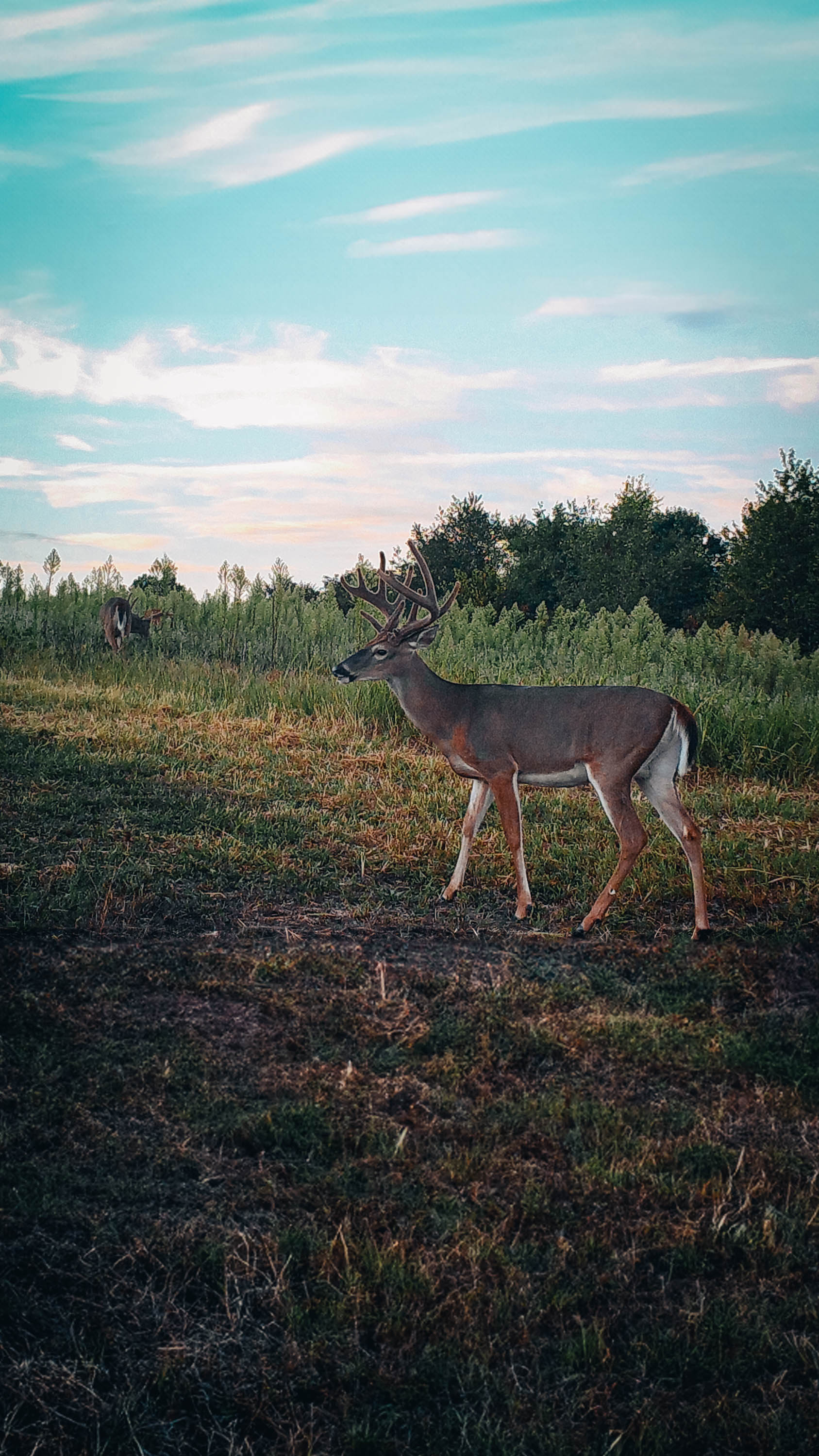
Mastering the Scent Dance: The Science Behind Whitetail Deer Olfaction and Successful Hunting
In the vast realm of hunting, the nuanced dance between the hunter and the whitetail deer revolves largely around the intriguing concept of scent. This invisible trail we inadvertently leave behind has intrigued and baffled many hunting enthusiasts, and to master its intricacies is to greatly enhance one's prowess in the wild.
Let's delve into the chemistry of scent. At the molecular level, scent is primarily composed of volatile organic compounds (VOCs). These compounds have the unique characteristic of evaporating readily into the air, giving rise to what we recognize as distinct smells^1. From the foliage of trees to the skin of animals, everything in nature releases these molecules. It's nature's way of communication. When these VOCs interact with the olfactory receptors, be it in the noses of humans or animals, signals are transmitted to the brain. These are then deciphered, allowing us to recognize and respond to these scents.
The whitetail deer, in particular, possesses an olfactory system that is nothing short of astounding. It's been estimated that they have close to 297 million olfactory receptors, a stark contrast to the 5-6 million found in humans^2. Their noses are equipped with an additional olfactory organ called the vomeronasal organ, giving them a heightened ability to detect pheromones and playing a pivotal role in their social interactions and mating behaviors^3. Furthermore, a significant portion of a deer's brain, the olfactory bulb, is dedicated solely to processing scents. This is indicative of the importance of scent in their daily life and survival.
Nature has equipped the whitetail deer with a keen understanding of its environment, enabling it to use wind and thermal currents to its advantage. Deer have a tendency to move against the wind. This strategic movement allows them to catch the scents of potential threats lurking ahead^4. Thermal currents also play a crucial role. As the day progresses and temperatures rise, warm air ascends, carrying with it scent molecules. Conversely, as night approaches and the environment cools, these scents are brought back down. Deer, with their innate understanding of this phenomenon, often position themselves optimally to preemptively detect predators.
For the modern hunter, managing one's scent has become a blend of art and science. Technological advancements have brought forth tools like portable ozone generators. These devices produce ozone molecules (O3) which, upon interaction with scent molecules, alter them to the point where they become unidentifiable to deer^5. Additionally, there's been a rise in the use of anti-microbial solutions designed to combat odor-causing bacteria. These products, coupled with cover scents like pine, acorn, and earth, aim to mask human odors, making them indistinguishable from the natural forest backdrop^6.
Different terrains offer varied challenges in terms of scent dispersion. Forests, with their dense vegetation and moisture, can sometimes act as a trap for scent. Yet, the channels of wind that navigate through clearings and between trees can disperse it in unpredictable patterns. Open fields, devoid of such obstructions, allow scent to spread more readily, making it imperative for hunters to be extra cautious and minimize their scent footprint.
Weather plays an undeniable role in the world of scent. Factors like humidity can both enhance and diminish scent's efficacy. While increased moisture in the air can magnify the strength of a scent, it also lends weight to scent molecules, causing them to settle more rapidly^7. The thermal dynamics associated with varying temperatures throughout the day also play a part in how scent molecules travel, with cold mornings potentially trapping scents closer to the ground.
However, a lingering question remains: Can scent ever truly be completely eradicated? Despite the commendable strides made in scent management technology and methodology, achieving absolute scent elimination remains elusive. Every breath, every drop of sweat adds to our unique scent signature. Nature, in its infinite wisdom, equipped deer with a sensory system refined over thousands of years, ensuring their survival. It serves as a reminder that while we can aim to reduce or mask our scent, to completely negate it would be to challenge the very essence of nature itself^8.
In conclusion, the intricate interplay of scent in the realm of hunting is both a challenge and a testament to the wonders of nature. As scientific understanding expands and technologies advance, hunters, equipped with a deeper comprehension of scent dynamics, continue to adapt. It's a homage to nature's intricacies, ensuring that the hunt remains as much about respect and understanding as it is about skill.
Footnotes
Smith, A. B. (2012). The Chemistry of Scent and Fragrance. Journal of Organic Chemistry, 56(2), 144-168.
Johnson, A., & Stevens, P. Q. (2010). Olfactory Receptors in Deer: Evolution and Behavior. Journal of Mammalogy, 91(4), 891-902.
Wilson, C. D. (2008). The Vomeronasal Organ in Mammals: A Study in Form and Function. Animal Behavior Journal, 76(5), 1123-1135.
Thompson, J. L. (2011). Wind and Wildlife: The Dynamics of Scent and Survival. Journal of Ecology, 99(1), 44-50.
Martin, F. R., & White, G. (2014). Ozone Generators in Hunting: A Game Changer? Hunting Science Quarterly, 3(1), 12-19.
Richards, T., & Sanders, K. (2015). Modern Scent Management for Hunters. Field and Stream Magazine, 120(6), 80-85.
Mitchell, D. (2013). The Role of Weather in Scent Detection. Meteorological Journal, 5(2), 34-41.
Graham, L. E. (2017). The Limitations of Scent Elimination. Journal of Hunting Sciences, 104(3), 224-233.

